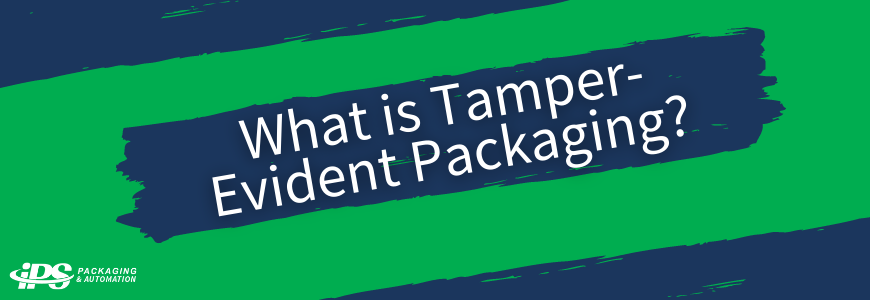
What is Tamper-Evident Packaging?
Remember a few years back when teenagers around the U.S. participated in what might have been one of the worst viral internet challenges yet – the ice cream licking challenge? If you were lucky enough to miss the trend, it asked participants to head to their local grocery store, open up a new container of ice cream, and then lick the sweet treat before closing the lid and putting the carton back on the shelf, all while recording a video for internet clout. Pretty gross, right? While you can’t always stop teenagers from being teenagers, there is one thing that ensures your safety (and hygiene!) as a consumer: tamper-evident packaging. If you find yourself wondering what tamper-evident packaging is, have no fear. It’s a pretty simple type of packaging material that many have never actually considered before.
Defining Tamper-Evident Packaging
What is tamper-evident packaging? Essentially, this category of packaging supply is any material that provides an extra security measure by clearly showing when someone has opened or attempted to open the container. Unlike tamper-proof packaging, it won’t stop an individual from opening the package, but it will make it very clear to the intended end user that their products are compromised or unsafe for use. The United States FDA states that tamper-evident packaging is defined as “having one or more indicators or barriers to entry which, if breached or missing, can reasonably be expected to provide visible evidence to consumers that tampering has occurred.”

One such example would be the lidding film found underneath the cap of most ice cream pints. If you were to purchase some of your favorite chilly treat and found that that film was missing or out of place, you’d know your pint had fallen victim to the ice cream licking challenge and that it was unsafe to consume.
Where Tamper-Evident Packaging is Used
No matter what kind of material it may be, tamper-evident packaging always has the explicit purpose of warning consumers against potential harm, while sometimes also providing additional protection to products themselves. With a better understanding of what exactly tamper-evident packaging is, it’s equally important to know the goods and industries that benefit most from these materials. Among these are products that require extra security in order to stay safe for consumer use or consumption. This includes things like foods, beverages, pharmaceuticals, medical supplies, hygiene and self-care items, supplements, and more. Products in each of these categories directly impact the health and wellbeing of the person using them, meaning that if they’ve been tampered with, the individual could become ill or face other negative consequences. On top of all this, the benefits that consumers and businesses alike get from tamper-evident packaging are innumerable. It results in safer products, reduced damage rates, improved item quality, fewer recalls, enhanced customer loyalty and trust, and beyond. For a small investment in a simple type of packaging, the advantages and ROI are incredible.
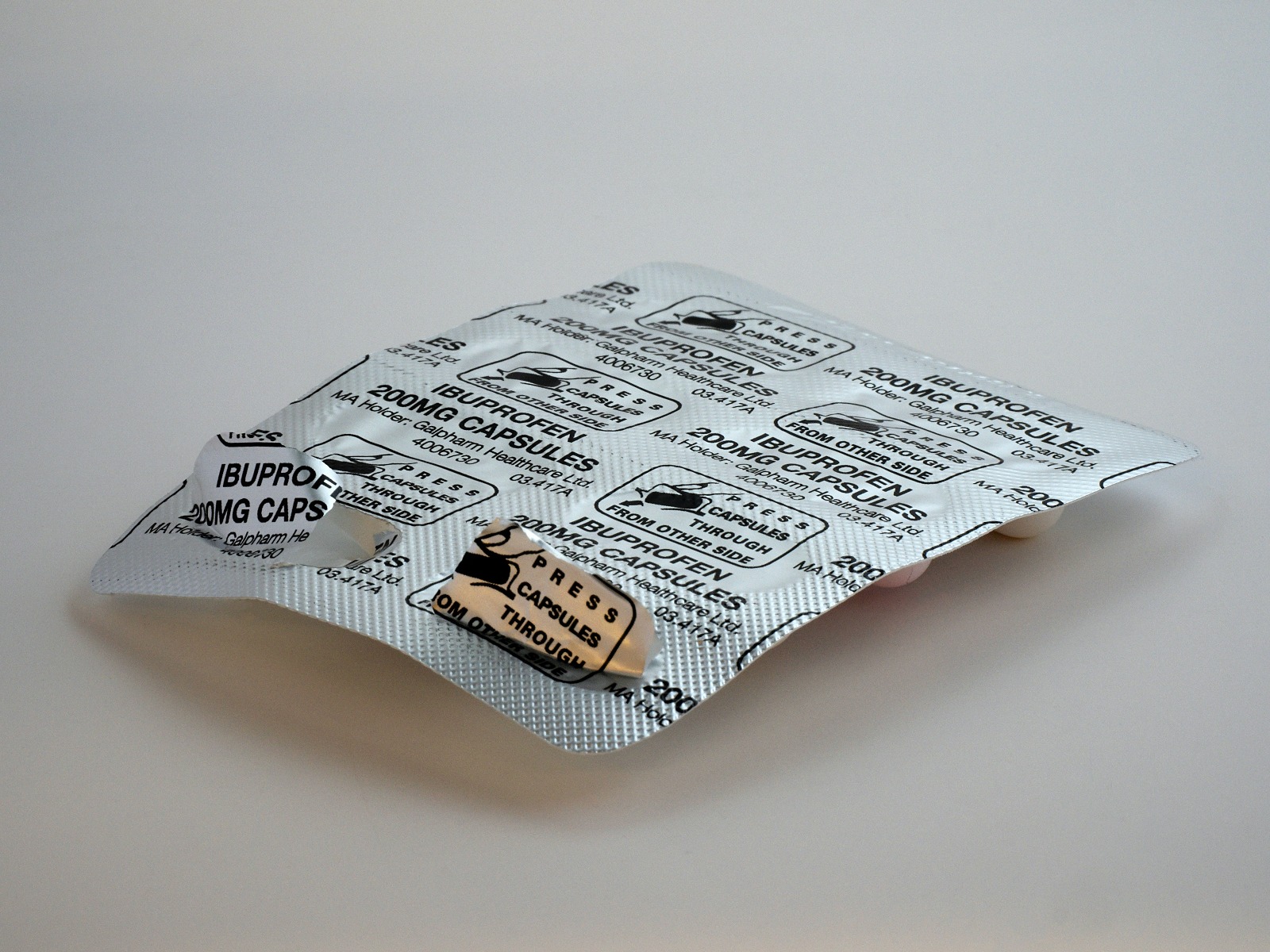
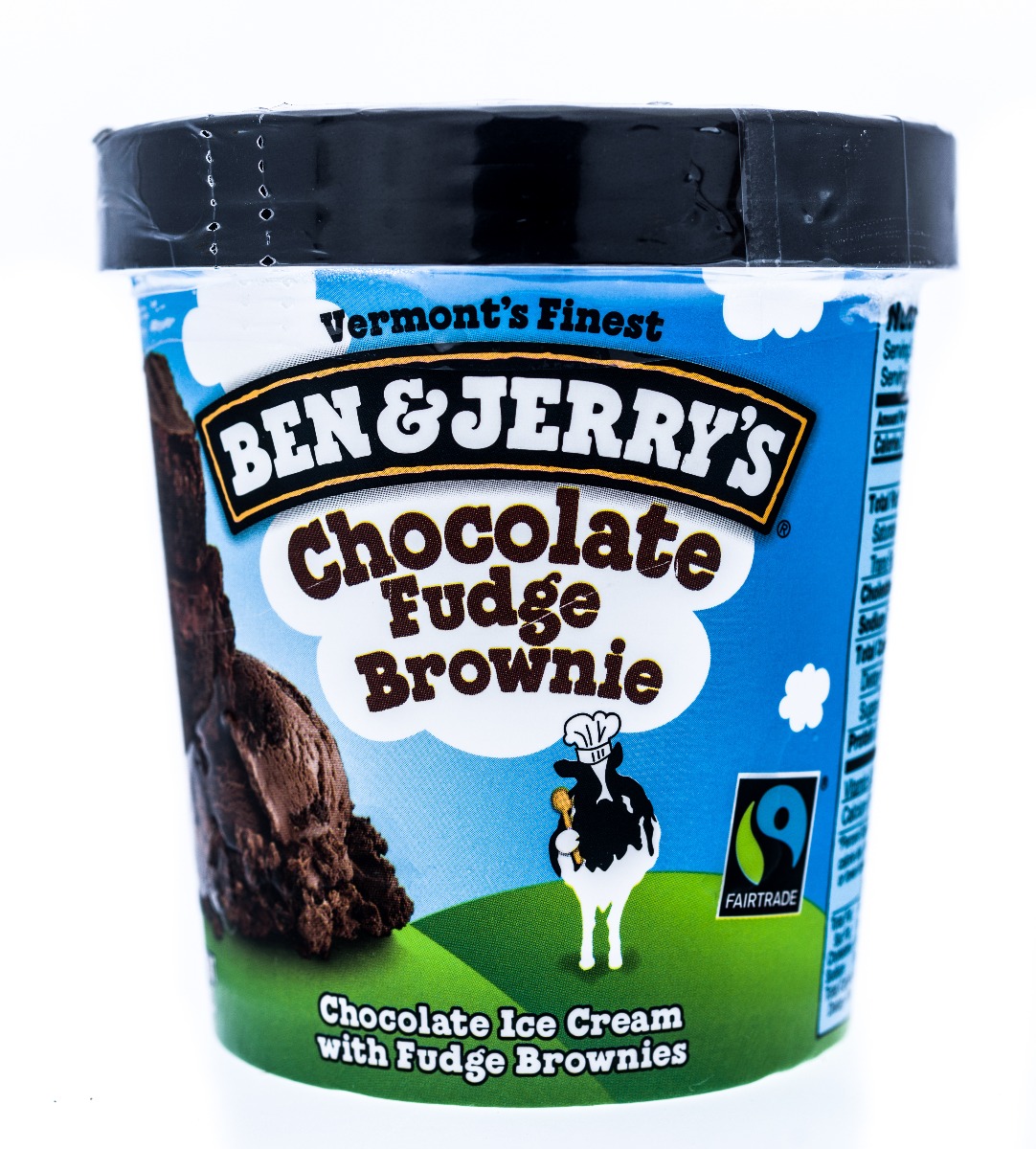
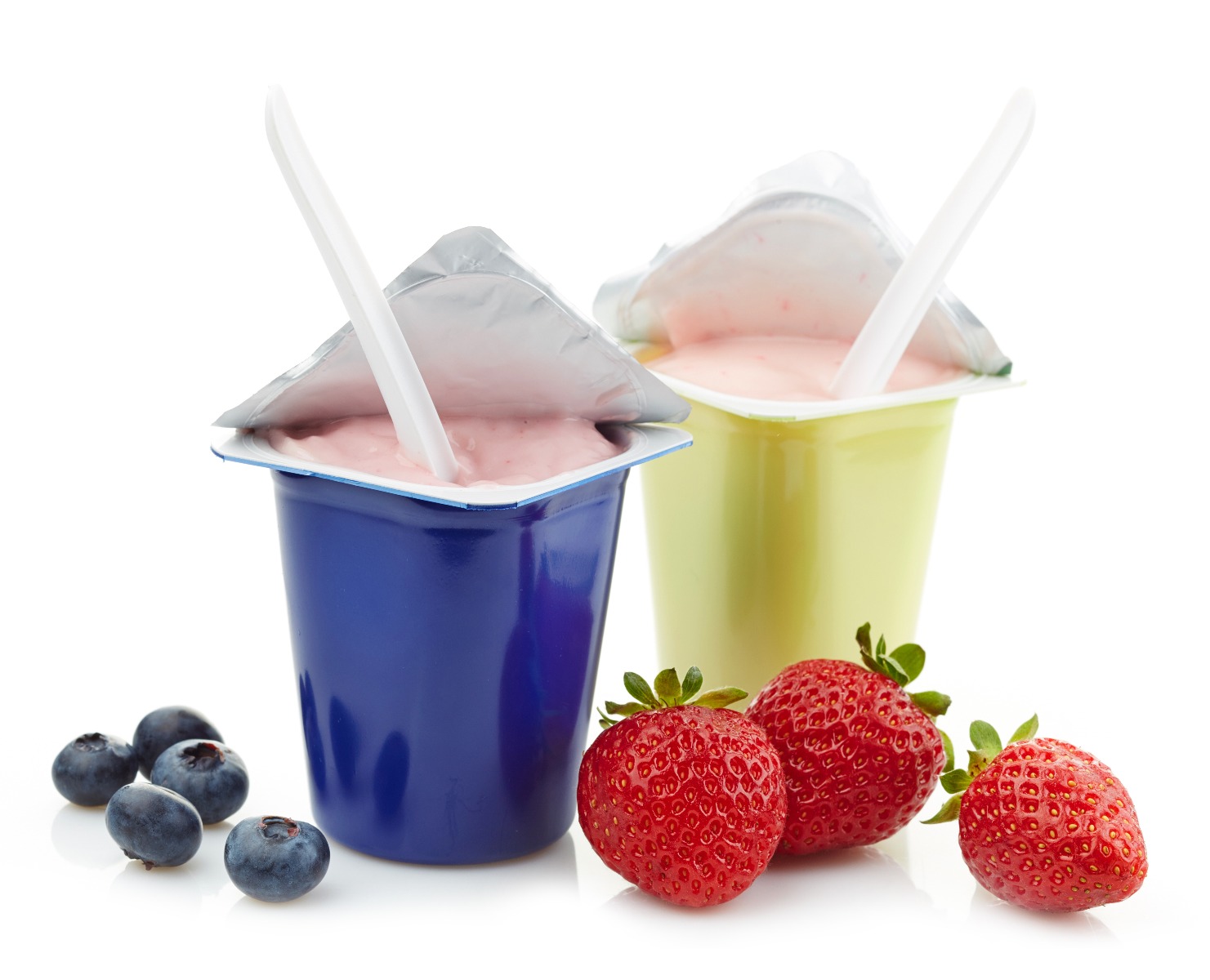
Different Types of Tamper-Evident Packaging
While all tamper-evident packaging has the same goal for your products, it comes in many different shapes and forms. Here are just a few examples of what you might use to protect your items from meddling and your customers from harm:
Blister Packaging: Used commonly for pharmaceuticals and over-the-counter medications, a blister pack features air bubbles covered by a foil seal that visibly breaks the moment someone accesses a pill. Sometimes, it may also be a plastic blister pack clamshell that cannot be opened without scissors or a knife.
Shrink Bands: Shrink bands, also called seal bands, are made from plastic sleeves that are shrunken around the lid of a container. You can’t open the lid of the product without first breaking the shrink band. They are frequently seen in the food and beverage industry, especially for single serve items.
Lidding Films: Frequently used for foods like dairy or dry goods, as well as cosmetics and hygiene, lidding films are made from a laminate with a heat seal coating that is easy to open. Once opened by pull tab, they cannot be replaced, making it obvious that entry has occurred.
Resealable Pouches: Resealable pouches are currently a very popular type of packaging, as they cater well to consumer preferences by offering convenience and ease of use. Most of these come with a notch above the zipper seal that’s torn in order to open the pouch. Once removed, the tear is visible and cannot be replaced. Resealable pouches are a common choice for pet foods, dehydrated goods, and more.
Stretch Wrap, Strapping, and Shrink Film: Tamper-evident packaging isn’t limited to secondary materials and can also be found as tertiary packaging supplies. When goods like stretch wrap, strapping, or shrink film cover an entire pallet or bundle of items, it is very difficult to remove them without the aid of a knife or blade. When they are cut into, it will be readily apparent to whoever next views the items.
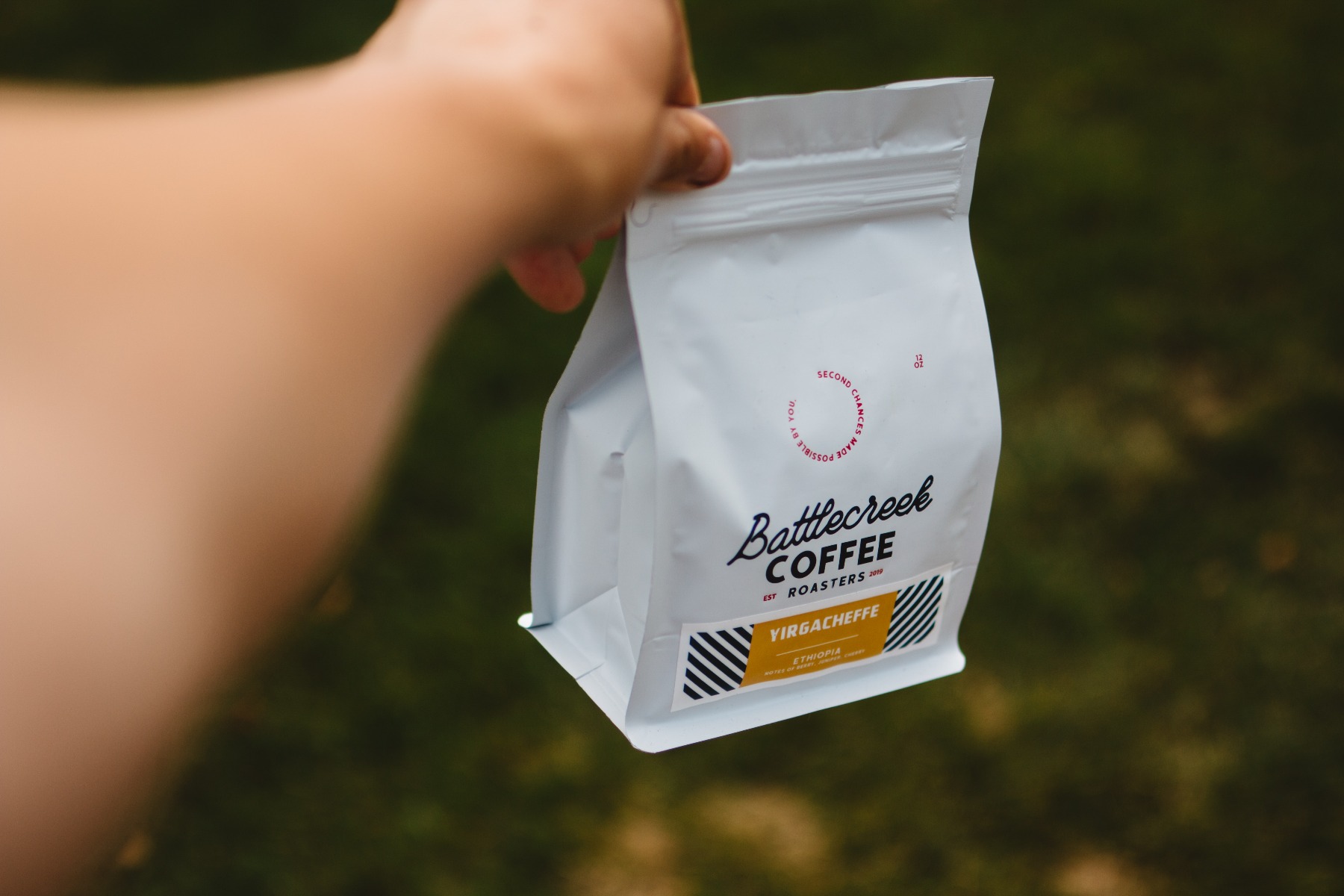
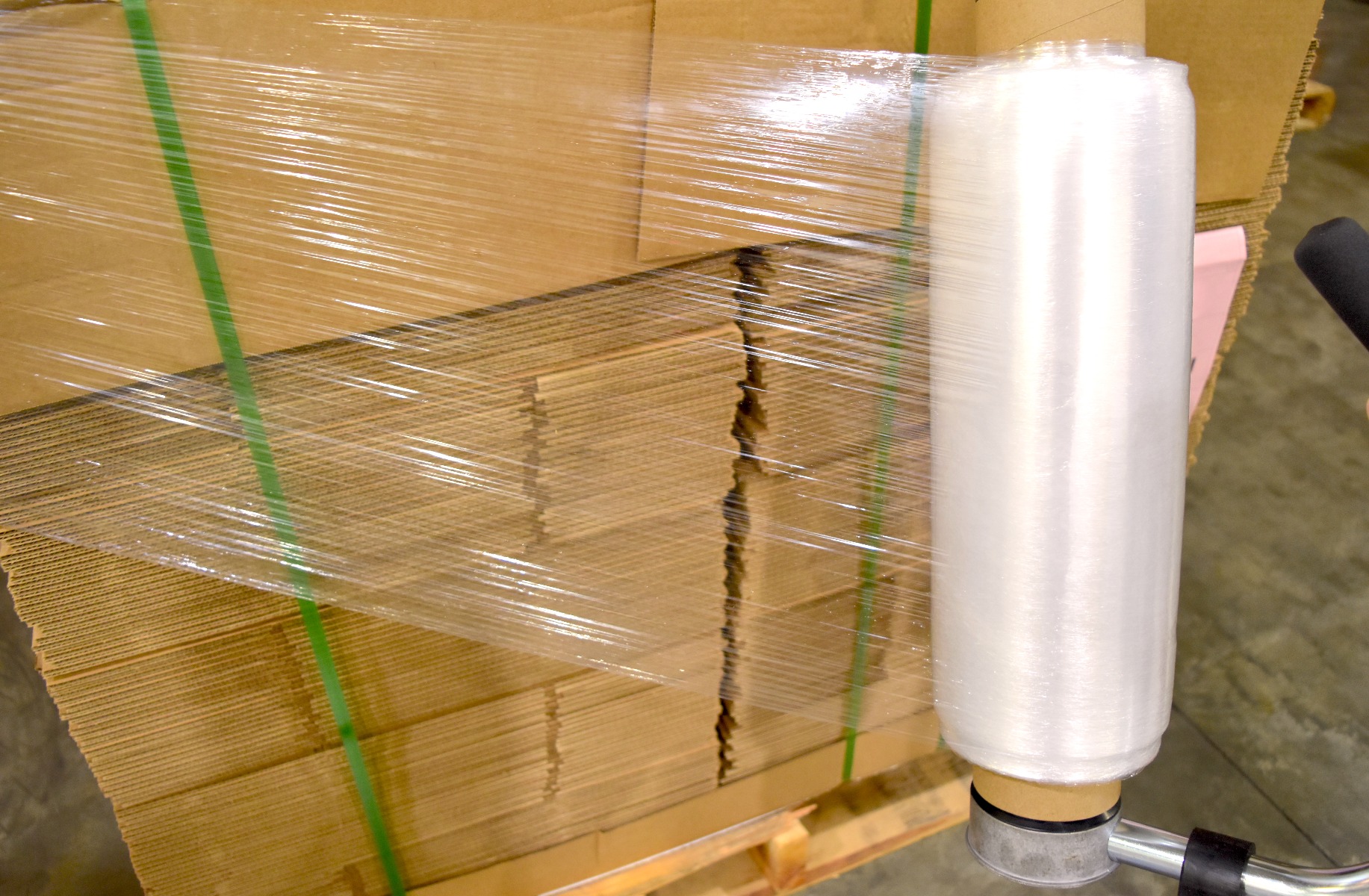
Protect Your Products and Your Customers
Whether you work in food, pharmaceuticals, cosmetics, or something entirely different, there are many ways you can benefit from tamper-evident packaging. Contact IPS Packaging & Automation today or give us a call at (800) 277-7007 for more info and a free quote. You never know – it could just save your customers from the next viral internet version of the ice cream licking challenge.


